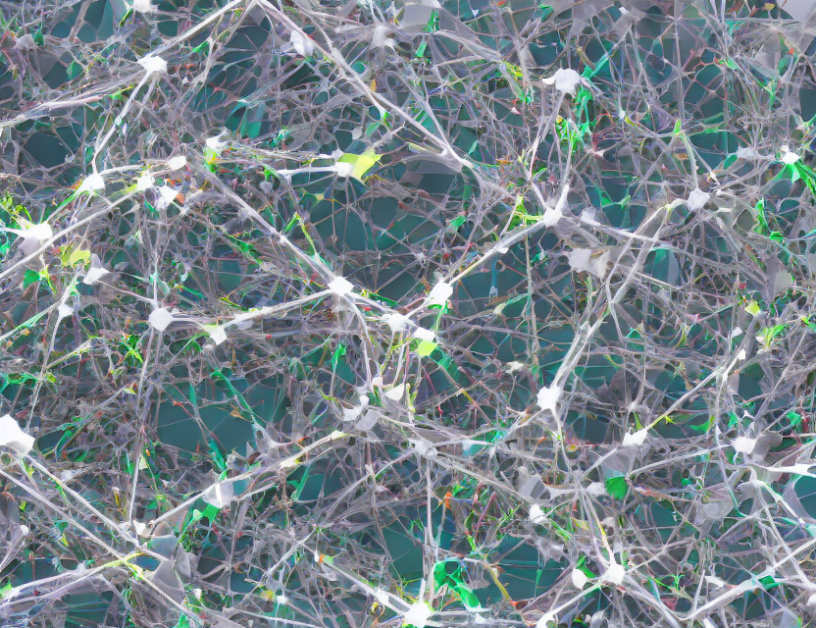Domain adaptation is a technique used in machine learning to improve the performance of models on new, unseen data. This is particularly useful when dealing with visual data, as images can be very different from one another even within the same dataset. The article provides a detailed overview of domain adaptation, including its definition, applications, and various approaches to achieving it.
Firstly, the authors define domain adaptation as "the process of adapting a model trained on one domain (source) to perform well on another domain (target) without requiring labeled data from the target domain." This is crucial in situations where obtaining large amounts of labeled data for the target domain is challenging or expensive.
The article then delves into various approaches to domain adaptation, including feature alignment, adversarial training, and self-supervised learning. Each method is explained in detail, with engaging analogies and metaphors used to help readers understand complex concepts. For instance, the authors compare feature alignment to a "tuning fork" that helps adjust the pitch of two different instruments to produce harmonious music, while adversarial training is likened to a "game" where the model learns to adapt its behavior based on feedback from the environment.
The article also discusses various challenges associated with domain adaptation, such as the "domain gap," which refers to the difference between the source and target domains. The authors explain that reducing the domain gap is crucial for successful domain adaptation, but it can be difficult due to differences in lighting, pose, and other factors that can affect image quality.
To overcome these challenges, the article proposes several techniques, such as "domain-invariant feature learning," which involves training a model to extract features that are not specific to any one domain, and "domain-aware loss functions," which take into account the difference between the source and target domains when evaluating the model’s performance.
Finally, the authors discuss several applications of domain adaptation in visual AI, including image classification, object detection, and segmentation. They demonstrate how these techniques can be used to improve the accuracy of models on unseen data from different domains, leading to more robust and reliable results.
In summary, the article provides a comprehensive overview of domain adaptation for visual applications, covering its definition, approaches, challenges, and applications. The authors use engaging analogies and metaphors to demystify complex concepts, making it easier for readers to understand and appreciate the techniques discussed in the article.
Computer Science, Machine Learning
Aligning Neural Populations via Unsupervised Domain Adaptation



